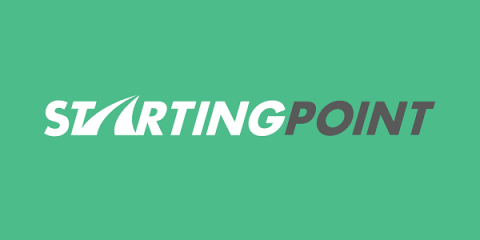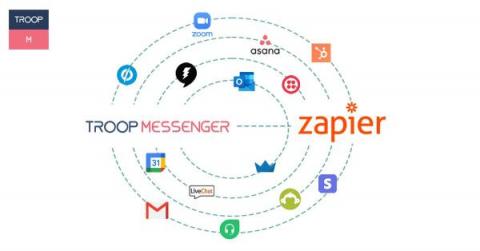11 Awesome Call Center Software for Small Business Needs
As a small business, you may not have the resources to run a dedicated call center to service your customer base. However, customer support isn’t something you can compromise on either, especially as a small and growing company. Fortunately, there are many call center software for small business needs that can help your in-house agents handle customer calls and other related tasks efficiently. In this article, we’ll explore the 11 best call center software for small businesses.









